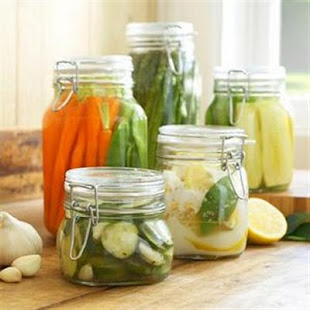- Living Area
- Shelter
a. Out of wind
b. Out of rain
c. Can be house or three sided shed.
b. Needs floor out
of mud.
2. Fencing
a. Sturdy 4-5
ft. fence.
b. Small fence
weave.
c. Safe from
predators.
3. Pasture
a. Stumps or
spools to play on.
b. Minimal mud
and standing water.
c. Room to play
and exercise.
d. Check for
poisonous plants in pasture.
e. Don’t allow
goats to gorge on fresh, lush plant materials, especially if
wet.
- Feed
1. Hay
a. Milking does,
pregnant does, and growing kids up to one year in age
need higher quality hay such as an Eastern timothy or orchard grass.
b. Dry does and
wethers usually do best on local hay.
2. Grain
a. Give daily
for their first year, ¼ cup each both morning and night.
b. Give to does
in milk.
c. Give to does
in later pregnancy.
3. Water
a. Fresh, clean water always.
- Health
1. Feet
trimmed every month.
2. Keep
vaccinations and worming up to date, CDT yearly, worming every 60 days.
3. Keep
First Aid kit on hand.
4. Keep
pens clean.
- Milking Does
Use udder wash before and after milking.
Milk on a regular schedule.
- Goat Health Knowledge
Temperature: 102.5-104 Fahrenheit
Respiratory: 15-30 breaths per
minute
Pulse: 70-80 beats per minute
- Useful websites:
Fiasco Farm -
Tennessee Meat Goats – Great health information here.
JackMauldin.com - Nice listing of diseases and symptoms.
Goat-Link.com – I use their worming protocol.
HoeggerFarmYard.com - Good general husbandry information as well as my primary online source for hard to find goat supplies.

.jpg)





.jpg)



